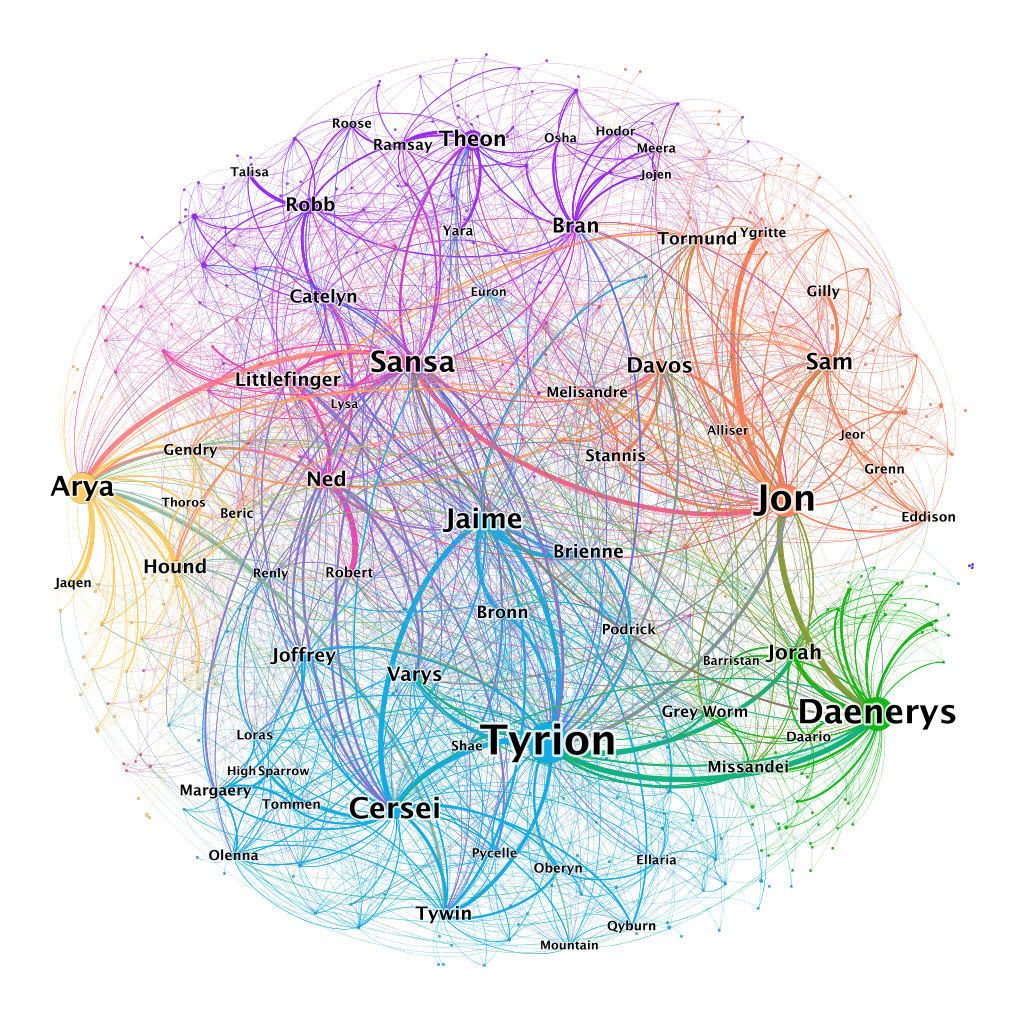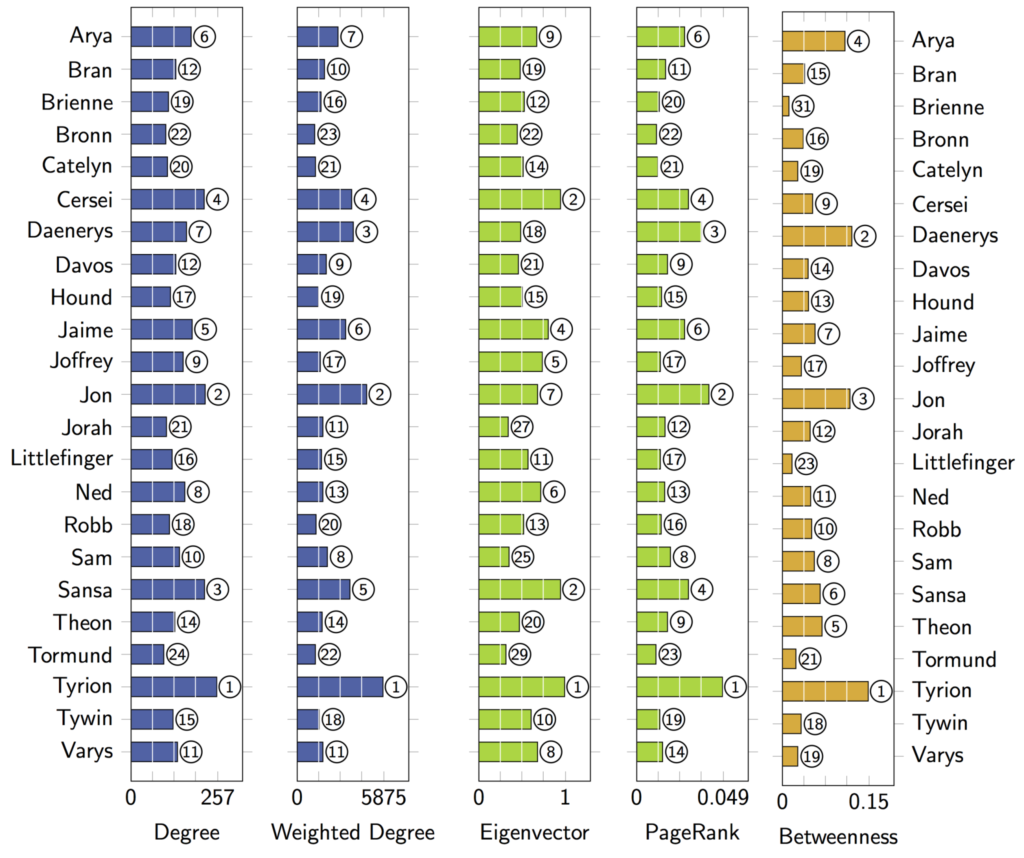Secret Hitler is a deception game I enjoy immensely with my group of friends, and I particularly love it because it feels a little less random (and more rewarding) than other popular ones like Coup and Werewolf. Decision-making actually matters, and topics of this course including game theory, dominant strategy, and payoffs are highly relevant to the game, although payoff matrices are hard to make because much of the payoffs aren’t possible to quantify into exact numbers.
The rules are fairly long, so I’ll just summarize the ones relevant to this post (though the full rules are linked at the end). At the start of the game, each player is randomly assigned one of two possible secret identities: Liberal or Fascist. There is a slight majority of Liberals. Additionally, one player among the Fascists is “Hitler.” The Fascists know who each other are, but the Liberals don’t know anyone’s identity.
There is a deck of cards, and each card is Liberal or Fascist (all cards look the same when facedown), which represent “policies.”
At the start of every round, all players vote for a President and Chancellor. If the majority of players vote Yes, the vote succeeds. The President draws the top 3 cards from the deck, chooses one to discard, and passes the remaining 2 cards to the Chancellor. The Chancellor then picks 1 card to play on the board (discarding the other) – this is called “passing a policy” and is the end of the round. Although these decisions are not made simultaneously, there is no communication from the President or Chancellor until after the card is played.
The Liberals win if a certain number of Liberal cards are played, and the Fascists win if a certain number of Fascist cards are played. Fascists can also win if Hitler is elected Chancellor at any time after 3 Fascist cards have been played.
There are also special powers the current President gets if a Fascist card is played, when a certain number of Fascist cards are already on the board. This includes eliminating another player of the current President’s choice. The Liberals can also win if Hitler is eliminated from the game.
General Liberal goals:
- Get Liberal cards played
- Help Liberals identify other Liberals (to elect Liberal Presidents and Chancellor, who would pass Liberal policies, and to avoid electing Hitler)
- Identify and eliminate Hitler
General Fascist goals:
- Get Fascist cards played
- Appear Liberal in order to get elected (since Liberals have a majority)
In this blog post, I’ll only be approaching game theory and payoff discussions from the perspective of Liberals players before any special presidential powers are available, for the most straightforward position possible.
If a Liberal President draws 3 Fascist (3F) or 3 Liberal (3L) cards, there’s no choice to be made.
If a Liberal President draws 2F1L, discarding a Fascist card is usually the dominant strategy, since you generally want there to be a chance for the Liberal card to get played by your Chancellor.
The controversial scenario appears when a Liberal President draws 2L1F. Both my friends and the unofficial strategy guide (linked at the end) recommend discarding a Liberal card and passing 1 Fascist and 1 Liberal card to the Chancellor, “testing” them with a choice. However, the linked sources claim that from a game theory perspective, the dominant strategy is to instead discard the Fascist card and hand 2 Liberal cards to your Chancellor. Here are the immediate payoffs for the Liberal President in this situation:
Strategy 1: Discard a Liberal card:
- If the Chancellor plays Liberal
- Goal 1: positive payoff
- Goal 2: neutral payoff
- If the Chancellor plays Fascist:
- Goal 1: negative payoff
- Goal 2: neutral payoff
Strategy 2: Discard the Fascist card:
- Chancellor plays Liberal
- Goal 1: positive payoff
- Goal 2: neutral payoff
The argument made by these two sources is that the Chancellor playing the Liberal card, even if given a choice, doesn’t really mean they’re Liberal. Furthermore, if they play the Fascist card, the Chancellor will obviously claim that they were actually given 2 Fascist cards and did not have a choice (and claim you’re framing them). There’s no way to convince the rest of the players that you’re telling the truth and your Chancellor is lying. So, the Liberal President gets an equal or better payoff by discarding the Fascist card, regardless of the Chancellor’s choices (and in this case, denying the Chancellor any choice).
However, the payoffs get infinitely more complicated when not just considering immediate payoffs. For example, finding out your Chancellor is Fascist may give you a chance to eliminate them from the game in the future, or your vote could be the crucial tie-breaker in not re-electing that player (who you now know to be Fascist) to the position of President or Chancellor in the future. Furthermore, if you do have other players’ trust, you may be able to convince them that this Chancellor is indeed a Fascist, and you are the one telling the truth.
In real life, of course, players are not perfectly rational, and much of the fun of the game comes from heated discussions and vocal accusations. When I’m in this situation, as a Liberal president who draws 2L1F, I opt to discard the Fascist card and not give the Chancellor a choice. A large part of this is because I know that I’m not the most persuasive person. I would likely be put at a disadvantage by being in conflict with another player, so the safer option is just to guarantee that a Liberal card gets played and I don’t lose any perceived trustworthiness. Still, it’s somewhat satisfying to find out that at least from a simple standpoint, game theory seems to agree with my decision.
Sources:
https://www.lesswrong.com/posts/bXoaRShdqbf2P9Ma9/always-discard-fascist-policies
Unofficial Strategy Guide:
https://secrethitler.tartanllama.xyz/#as-a-liberal-1
Official Secret Hitler rules: https://www.secrethitler.com/assets/Secret_Hitler_Rules.pdf


